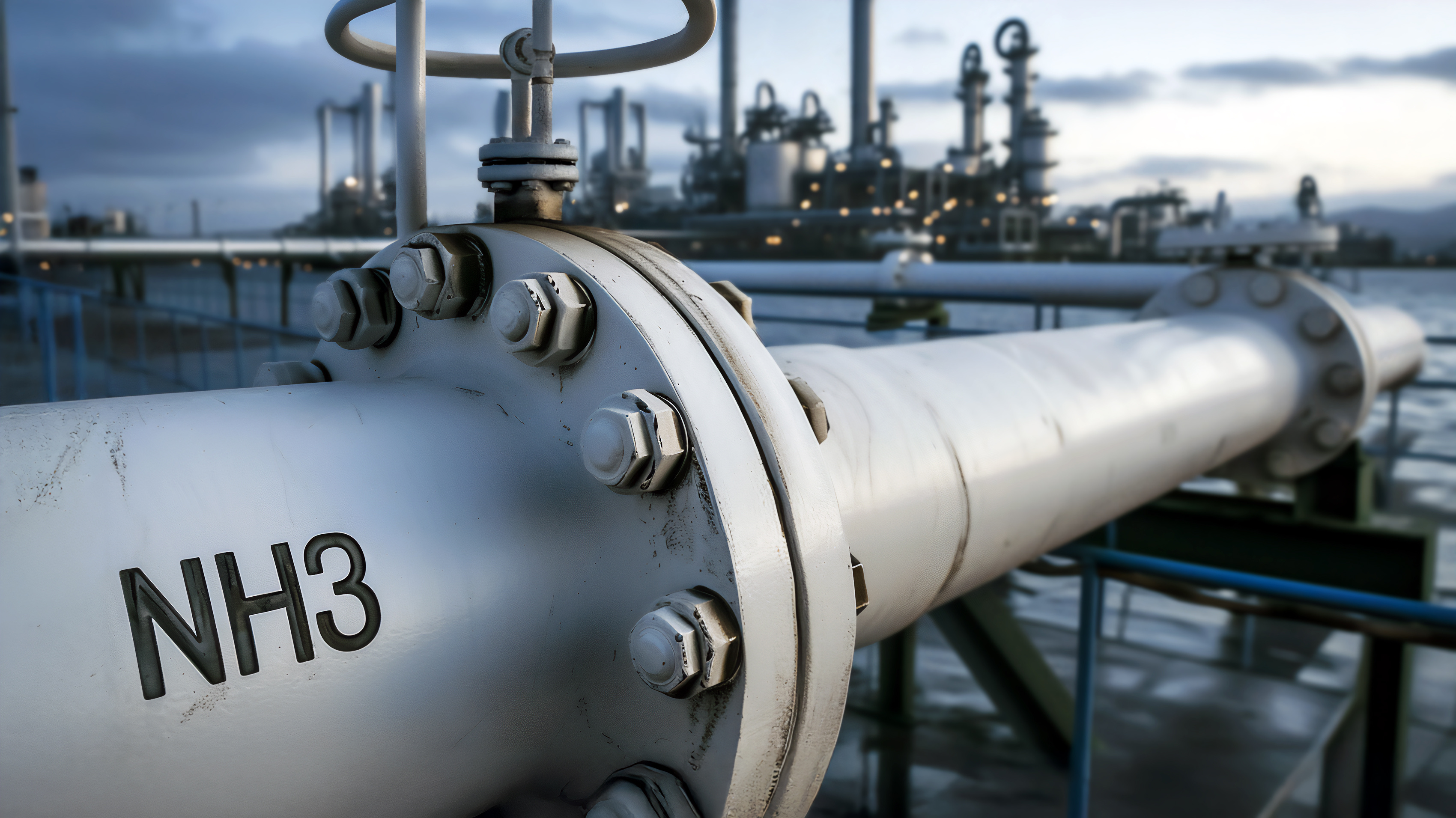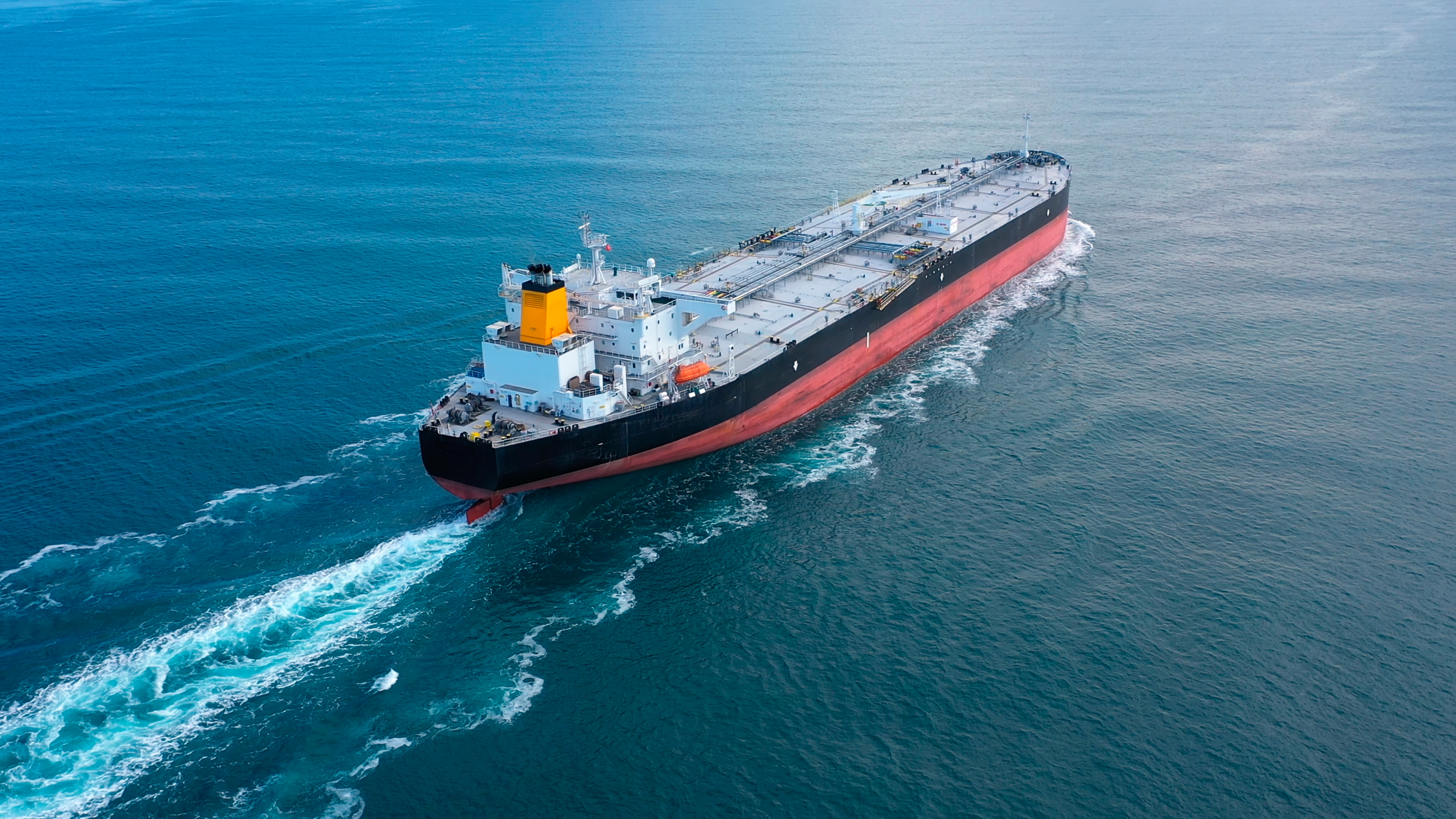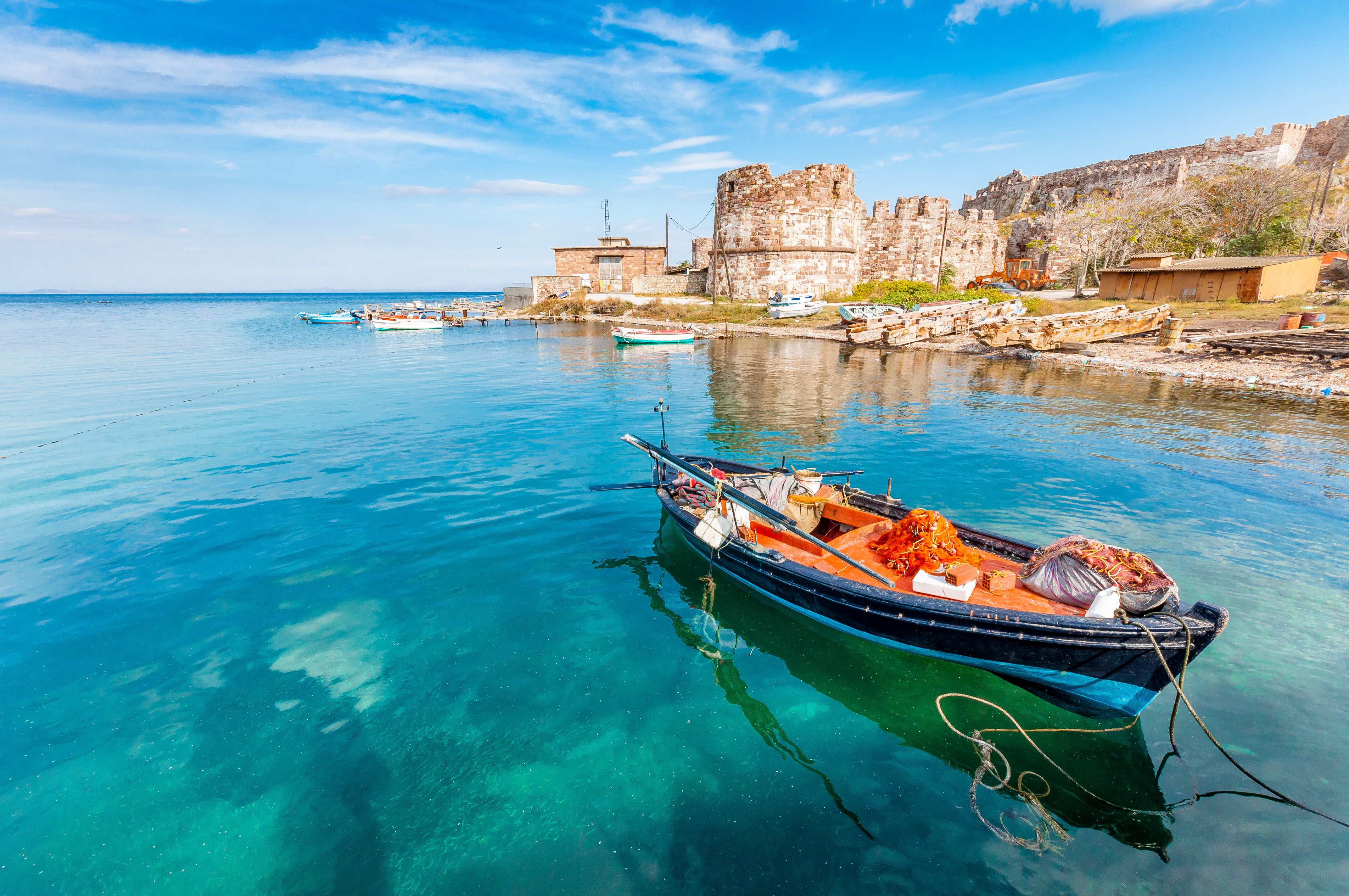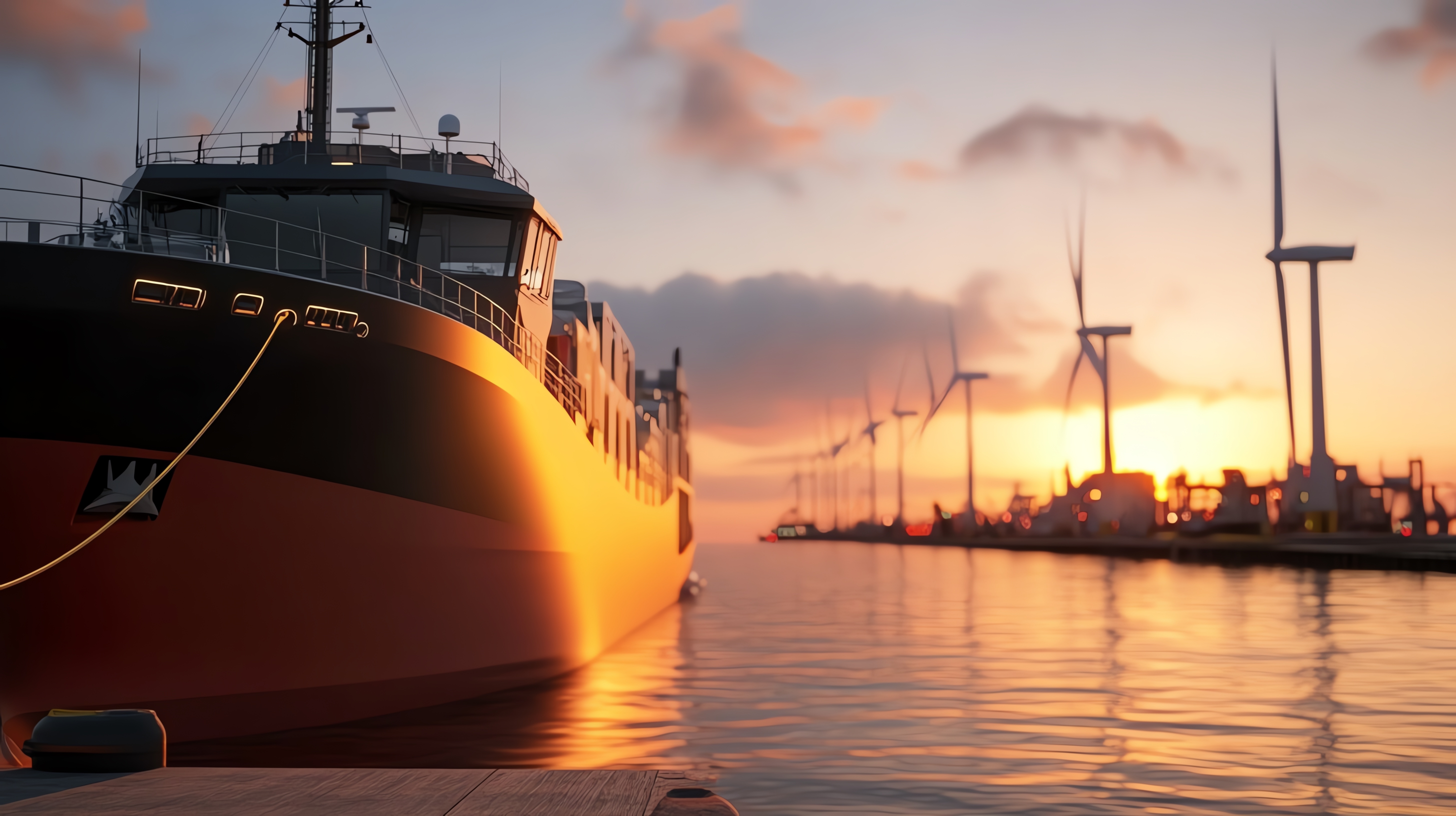The Club's earlier LP Bulletins 695 - 5/2010, 660 - 10/09, 647 - 7/09 and 546 - 10/07 warn members of the serious risks that can be associated with the carriage of iron ore fines loaded in Indian ports as well as the difficulties that can be experienced when such a cargo is found to be unsafe for carriage after it has been loaded.
The Club would like to remind Members that this is an ongoing problem and is particularly relevant at this time as very heavy rains are being experienced during this current monsoon season. There are a number of member's vessels loading or waiting to load iron ore fines at Indian ports and we are being informed by attending surveyors that in several ports the majority, if not all, of the cargo in the stockpiles to be loaded is unfit for carriage as the moisture content is too high. In one report we have been informed that the moisture content of one stockpile exceeds the Flow Moisture Point of that cargo.
Members are therefore advised to contact the Club before their vessels are due to arrive in India to load iron ore fines in order that surveyors can be arranged to sample and test the cargo intended to be loaded. The Club’s Bulletin 695 - 5/2010 sets out the provisions of the IMSBC Code for the testing and documentation of this cargo as well as advice for monitoring and checking the safety of the cargo.
Iron Ore Lumps and Fines
In another related development we are being increasingly notified of Members being ordered to load iron ore lumps and iron ore lumps/fines at Indian ports. Iron ore lumps should present no liquefaction problems providing that they are actually lumps. However mixed lumps and fines do present a problem as the fines content could liquefy. We have experience of some cargoes being offered with a fines content of 36% and when tested the Moisture Content has exceeded the Transportable Moisture Limit for the fines.
The Club recommends that if Members are ordered to load iron ore lumps or iron ore lumps and fines that they should notify the Club so that we can appoint surveyors to inspect and test, if necessary, the cargo before loading.




